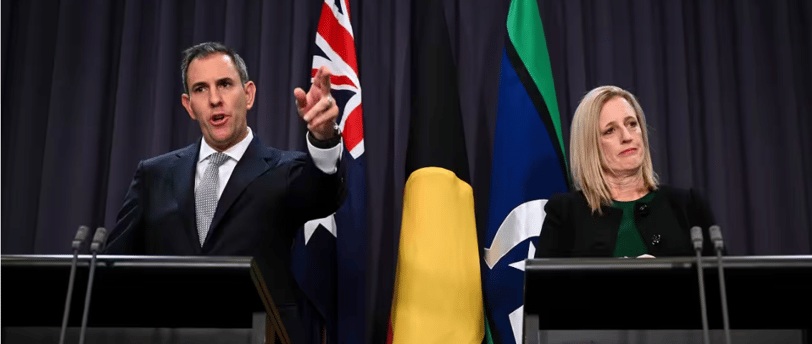Budget 2024 recap: New cost of living measures introduction
Our team outlines the benefits of those new measures introduced by the government on the 14th of March.
On May 14, Treasurer Jim Chalmers officially announced the 2024–25 federal budget.
How will this benefit you as the impacts of these cost-of-living measures will have on inflation is yet to be seen. But for now, here’s a recap of what’s been announced:
Tax cuts for all Australians
The changes coming in the stage three tax cuts (starting 1 July 2024) were the headline of this year's budget
Low and middle-income earners benefit the most
Those earning between $45,001 – $135,000 get a 2.5% tax cut
While all Australians will receive a tax cut under the revised plan, the changes will benefit low and middle-income earners the most as they’ll see the biggest bump in their take home pay.
High-income earners who take home more than $135,000 each year won’t benefit as much as they would have under the former Coalition government’s plan but will still receive a tax cut.
Here’s a look at the tax bracket's changes:
Tax rate dropping from 19% to 16% for those earning between $18,201 – $45,000
Tax rate dropping from 32.5% to 30% for those earning between $45,001 – $135,000
37% tax rate staying, but threshold increasing from $120,000 to $135,000
45% tax rate staying, but threshold increasing from $180,000 to $190,000
These changes will provide an average tax cut of $1,888 for Australians in 2024-25.
Energy bill rebate – how much?
Right in time for winter, energy bill relief was also included in this year's budget.
This announcement is an expansion of what we saw in last year’s budget, when the government offered a power bill rebate of up to $500 to pensioners, veterans, concession card holders and those on support payments.
In this year’s budget, every Australian household will get an energy bill rebate of $300 while one million small businesses will receive a discount of $325 on their power bills. The energy bill rebate will be delivered quarterly in instalments of $75 and come into effect from 1 July.
HECS debt relief
A plan to wipe away $3 billion worth of student debt from the Higher Education Loan Program (HELP) as the government looks to legislate an overhaul of the HECS-HELP scheme.
In its current form, those paying off a student loan see their balance increase each year in line with the consumer price index (CPI), and in 2023, that method saw student debts go up by 7.1%.
The government now wants to reign in student HECS debt by capping the indexation rate at either CPI or the wage price index (WPI) – whichever is lower. If passed through parliament, the Federal government says the reworked scheme will be back dated to June 2023.
“Backdating it to mid‑2023 will cut indexation from last year in half,” said the treasurer.
The budget also includes a new payment for those studying teaching, nursing and social work while they undertake unpaid work placements as part of their studies. The payment will be $319.50 a week.
Medicines more affordable – capping costs
The government is freezing the cost of medicines on the PBS for all Australians with a Medicare card, capping the cost at $31.60 for this year and next.
Concession card holders and pensioners get an even better deal, as for the next 5 years they won’t pay more than $7.70 for their PBS medications.
Making medicines cheaper is another cost-of-living measure, as the treasurer said on budget night that six out of 10 PBS scripts go to concession card holders and pensioners.
Housing shortage crisis – more homes added
The housing shortage crisis is becoming largely visible in the national conversation, and the federal government has a target of building 1.2 million homes by 2030 alongside providing an extra 20,000 fee‑free TAFE and vocational training places to help train construction workers.
As part of a colossal $11.3 billion housing package, the government will provide $9.3 billion to the states and territories over five years to address homelessness, provide crisis support and build and repair social housing.
An additional $1 billion will be put towards building the roads, sewerage, energy, water and community infrastructure that is needed to support the homes and social housing in the pipeline.
The budget has also allocated $1 billion to crisis and transitional accommodation for women and children fleeing domestic violence, and youth.
This new funding adds to the $25 billion already set aside for new housing over the next decade, including social housing and affordable rental homes.
More rental assistance – low-income renters to benefit
The cost of rent has increased dramatically in many parts of the country, and the government is looking to ease the burden on low-income renters by increasing the Commonwealth Rent Assistance payment by 10%, and that is, as per the treasurer, in addition to the 15% increase that was already implemented in the previous budget.
Rent Assistance is a regular extra payment available to Australians who are currently renting and receiving government support.


